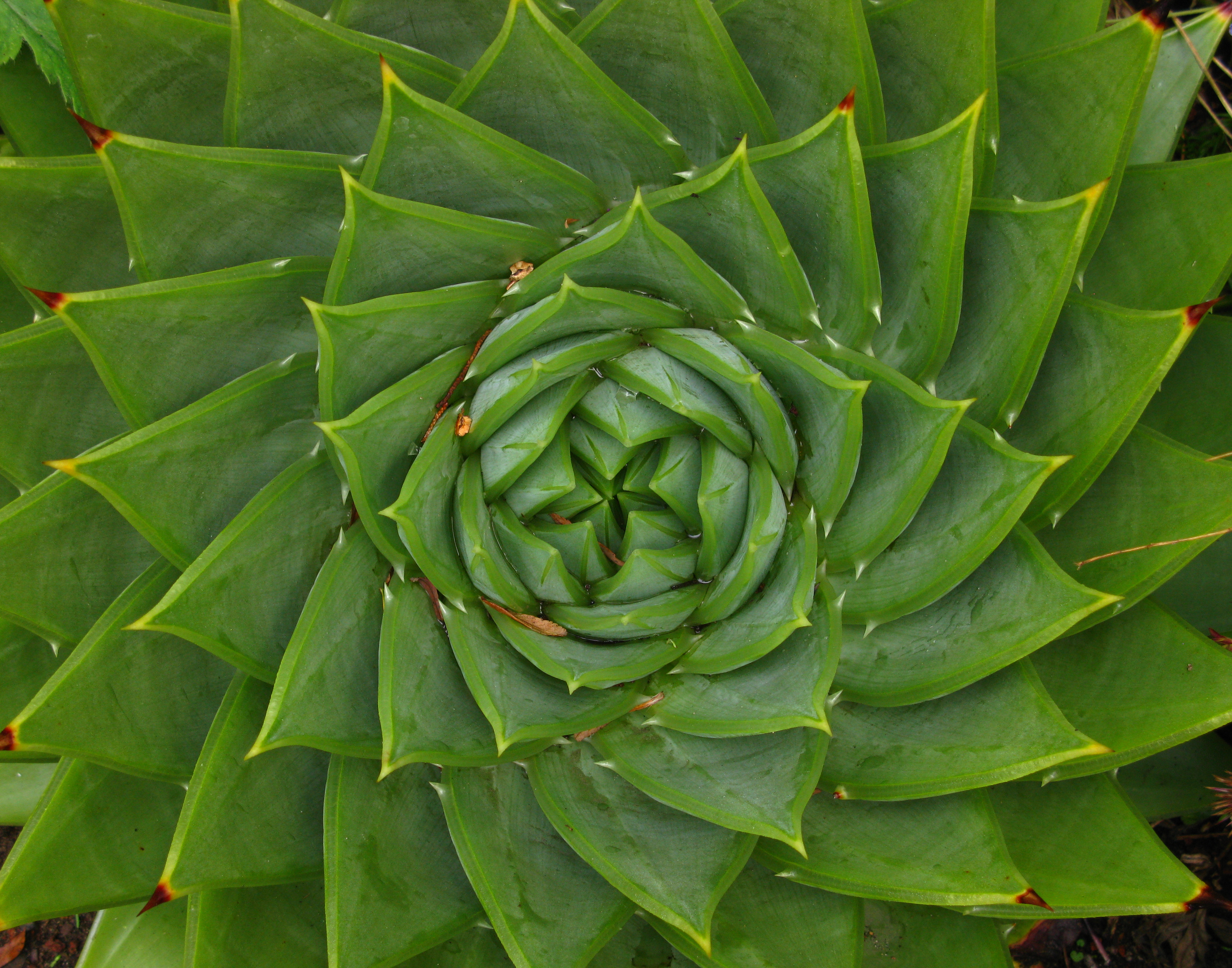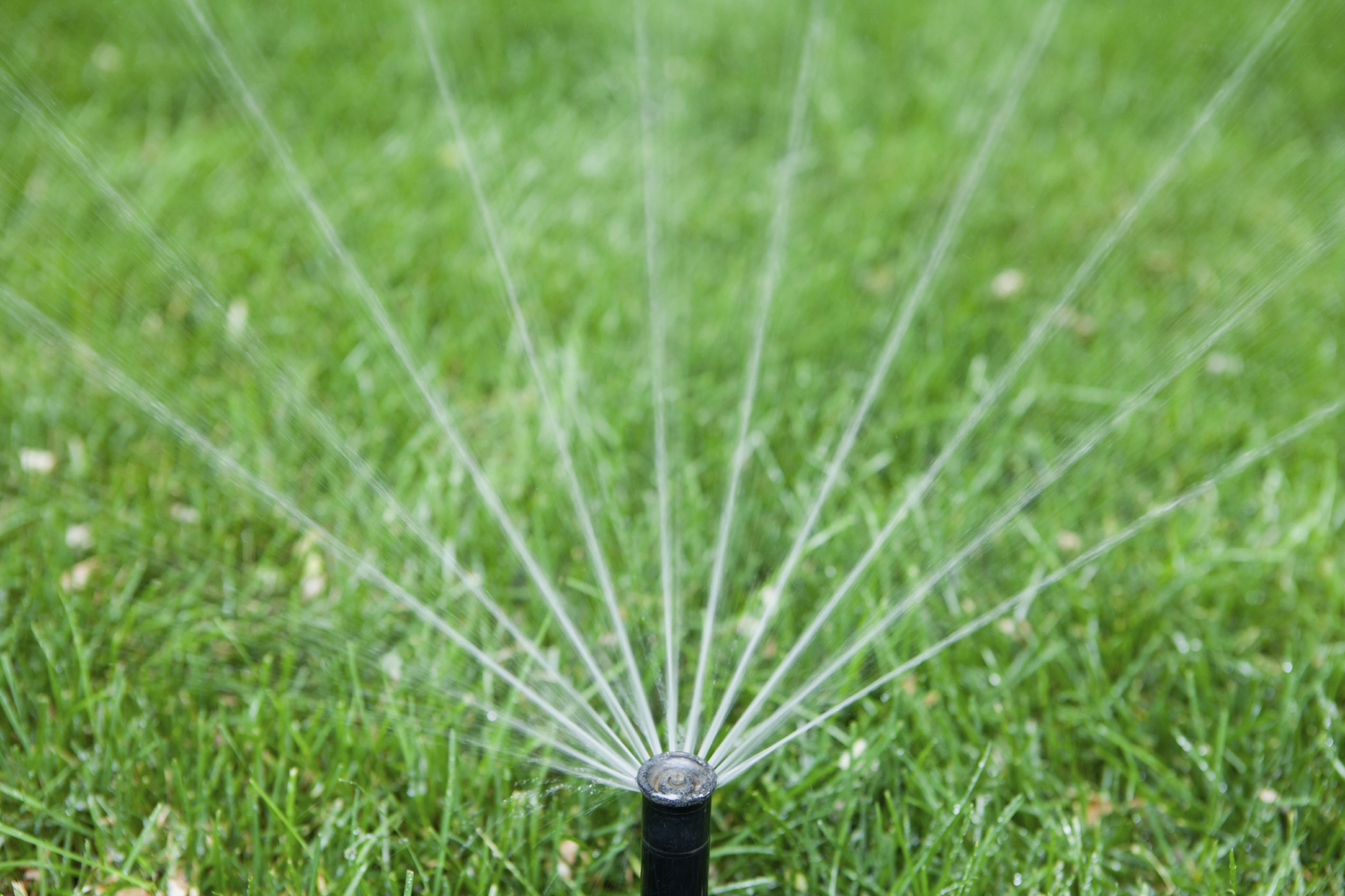You are here
Water-Efficient irrigation and landscaping are ways to save water by choosing different irrigation equipment, different plants, and siting plants differently. They can also be combined with water reuse.
Landscaping often uses more water than fixtures and equipment within the building, so water-efficient landscaping can be the biggest source of water savings in a project.
Water-Efficient Irrigation
Water-efficient irrigation reduces water use by avoiding evaporation, and avoiding over-watering.
Avoiding evaporation can be done by delivering water more directly to the soil, or by delivering larger water droplets so they will not evaporate so easily, or by timing irrigation to avoid hot sunny times of day that cause more evaporation.
Delivering water to the soil can be done by "microirrigation" or drip irrigation. Microirrigation is where irrigation nozzles are very near to the ground, but more numerous to make up for the lack of range of each nozzle. Drip irrigation does not spray water, but drips it from holes in a pipe that lies on the ground or underground, to avoid evaporation entirely.
Drip irrigation hose
Drip irrigation is 90% efficient in delivering water where it is needed, while sprinkler irrigation is generally only 63% efficient.1
Avoiding over-watering can be done by not irrigating when it rains, having sensors in the ground shut off irrigation when the soil has enough moisture, or having evapotranspiration sensors shut off irrigation when plants are losing less moisture to the air. Microirrigation and drip irrigation can also avoid over-watering by being more precise about delivering the right amount of water to different locations.
Water-Efficient Landscaping
Your choice of plants greatly affects your water needs; so does the density of planting and the climate conditions of each different part of the site (direct sun vs. shade, high winds, etc.)
 |
| photo: Jeremy Faludi |
For examples of how much these three variables can change, turf grass can use up to three times as much water as trees, shrubs, or groundcover in the same area. Many plants all planted close together can double the water use compared to sparser planting. Finally, a location in full sun and wind might use nearly three times as much water as a shaded and secluded location.2
Choosing plants that require no more water than natural rain is an ideal way to eliminate the need for irrigation. In dry climates, this is called xeriscaping.


